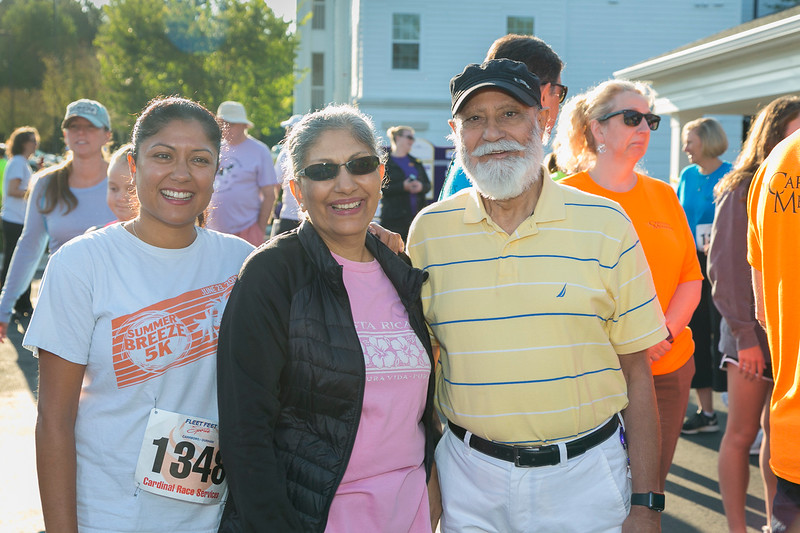Aging in America – the Costs Seniors Face
At this point in time, there are currently around 79 million baby boomers in the United States. This generation has always had a profound effect on the economy, and as they retire they’ll begin to have more of an effect on the cost of healthcare. In fact, by the time the last baby boomer hits age 65 in the year 2030, one out of every five Americans will be a senior citizen!
As this aging population in our country grows, the cost of aging in America will grow, too. The cost of healthcare is increasing not only due to the fact that people are living longer, but they are also living with chronic conditions that need to be managed.
Experts says that preventative and wellness care is the key to keeping some of the costs associated with aging down. For example, living a healthier lifestyle can help prevent the onset of conditions like osteoporosis, which is a weakening of the bones. Weaker bones lead to more falls, which are the number one cause of injury among older adults. Through with a healthy diet, daily exercise, and proper modifications to the home these falls can be prevented, thus lowering the costs of healthcare to aging adults.
The Costs to Family Caregivers
Not only do seniors themselves face higher costs of aging, but their potential caregivers are also affected. Many aging adults intend to stay in their homes as long as they possibly can, which usually means enlisting the help of a spouse or family member should their health begin to decline. And while caregiving can be a rewarding experience for these family caregivers, it can also take a toll on their own health and financial state.
The number of family caregivers has tripled over the past 15 years, and that number is only expected to grow as the baby boomer generation ages. Based on a study conducted by the AARP in 2013, the cost of caregiving is estimated at around $470 billion, and that number surpasses annual spending out-of-pocket costs and Medicaid. Caregiving can become a full time job in itself, leading to family members taking a leave of absence from their careers or quitting the workforce altogether, which leads to lost wages and benefits. Another study done by MetLife reports that female caregivers typically lose around $143,000 in wages, not including their pensions and Social Security benefits.
Caregiving can also take a toll on family members emotionally, mentally and physically. Caregivers find themselves tasked with medical duties they may not be comfortable with, like wound care or giving injections. It’s normal for a caregiver to begin to feel overwhelmed with their caregiving duties or start to neglect their own health and personal needs.
The Benefits of Aging in Place in a Senior Living Community
Aging in place doesn’t have to mean continuing to live in the home you’ve always lived in. Today’s senior living communities offer a better way to age in place, as you’ll have access to a variety of healthcare services and amenities to help improve your overall quality of life. At a continuing care retirement community like Galloway Ridge, you’ll have access to our LifeCare Contract, which provides residents with unlimited assisted living, memory care or skilled nursing services as you need it- almost at no additional cost.
Find out more about the services and amenities offered at Galloway Ridge by clicking here.





